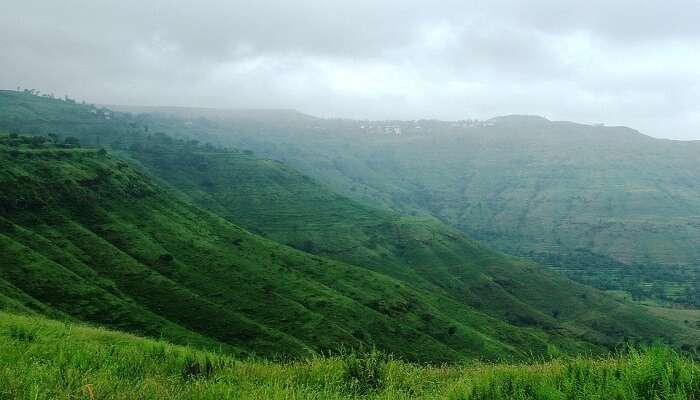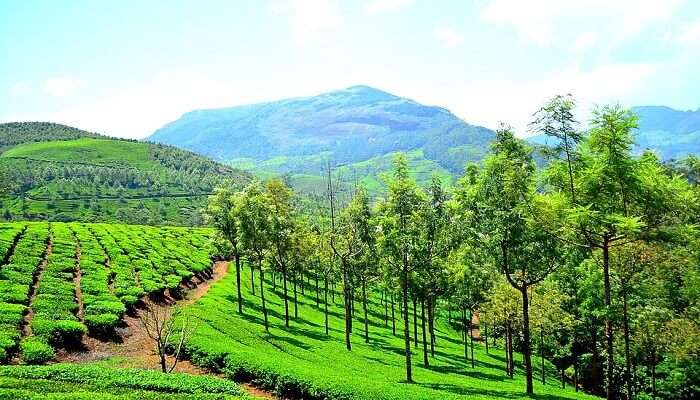A Pilgrim’s Guide To Visiting The Bull Temple In Karnataka In 2025
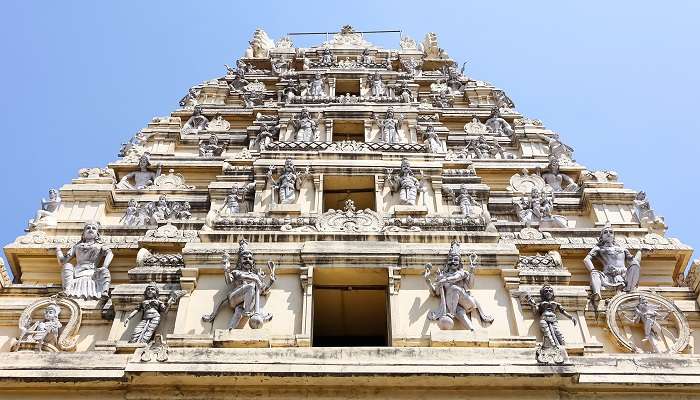
The Bull Temple, also called “Nandi Temple” in Bangalore, is a historical and important pilgrimage centre. Kote Anjaneya Temple is one of the oldest temples located in Bangalore and is dedicated to Nandi, the celestial bull of Lord Shiva. Constructed during the early 16th century by Kempe Gowda, this structure displays a conventional Dravidian construction style with a massive figure of Nandi carved out of a single granite rock. The trip to Bull Temple is a pilgrimage, a divine experience by the city’s architectural marvels.
A Closer Look at Bull Temple
The Bull Temple is located in Bangalore. It is not only a worshipping place but also an architectural wonder of the Dravidian period. Kempe Gowda constructed it in the mid-16th century to house the idol of Nandi. This is complemented by a huge monolith statue of Nandi. It is a female deity in Maasai culture, carved from a single piece of granite. At this level, they have grown to a height of 5 meters with a wing span of 6.5 meters in length.
1. Location
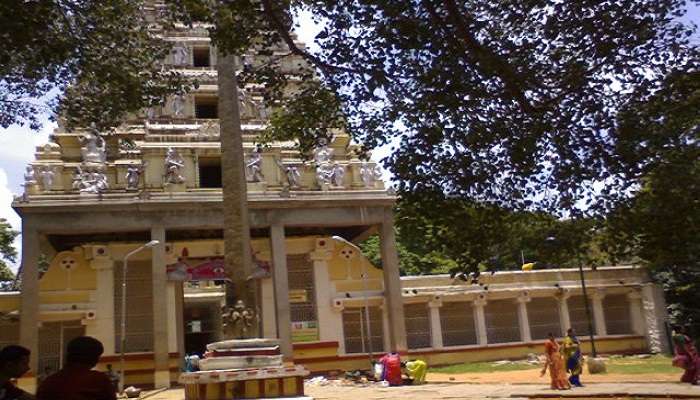
The Bull Temple, located in Basavanagudi, Bengaluru, one of the most lively areas of Bangalore, is a significant place of worship for the locals and a major attraction for tourists.
The Temple is not conveniently located, as it is well connected with local buses, autorickshaws, and taxis. For those who are driving, there are parking facilities near this health centre.
Tip: Travel to the Temple via a ride-sharing service like Ola or Uber for increased convenience.
Must Read: Bangalore Travel Tips
2. Timing
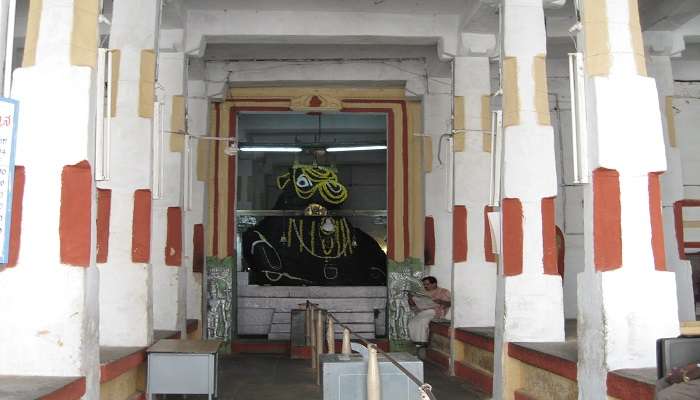
The Bull Temple’s opening hours are varied. The temple usually opens its doors around 6 a.m. and closes at 8:00 p.m. in the evening.
Thus, the working hours can be described as generous. This is because they give the guests enough time to attend the temple and other related activities. Knowing the opening hours is important when visiting Bull Temple, as it allows one to appreciate its architecture and receive blessings.
Tip: It is highly recommended that you visit the site early in the morning and late in the evening when other visitors are minimal.
3. History
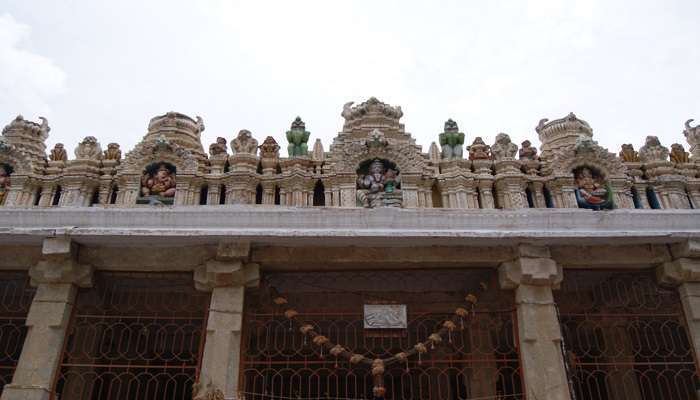
Bull Temple, or ‘Dodda Basavana Gudi’, is an ancient Hindu shrine in the city. It features a statue of Nandi, the sacred bull that serves as Lord Shiva’s vehicle. It is situated in the area called Basavanagudi in Bangalore, India. Bull Temple’s history dates back to 1537 AD, the year Kempe Gowda, the founder of Bangalore, constructed the temple.
It is believed that the temple was built essentially to pacify a wandering bull. The bull was always eating the groundnut crops in the area, and despite many attempts to chase it away, it was not moving. One day, Kempe Gowda found a big bull idol underground, which is mainly why he constructed a temple of Nandi.
The Bull Temple serves its spiritual purpose of addressing the worship of Lord Shiva. It also pertains to the historical legacy of the period of the Vijayanagara kingdom. Today, it is a place of historical importance in Bangalore.
Tip: Don’t miss out on the annual Groundnut Fair to experience the Temple’s unique history.
Suggested Read: Places To Visit Near Bangalore Within 200 Kms
4. Significant Festivals And Events
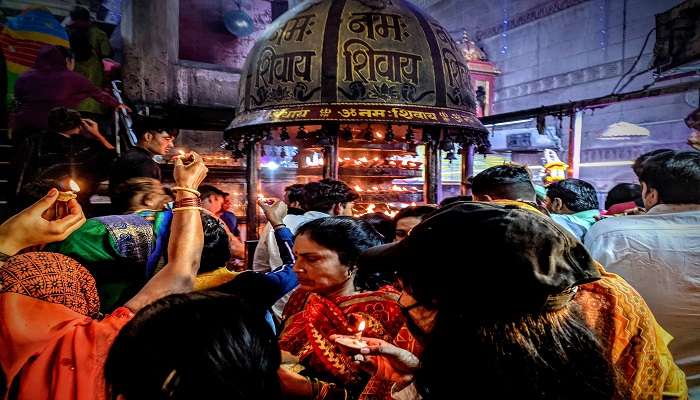
- Maha Shivaratri
On this festival, you can watch the procession of devotees by visiting the Bull Temple. During this time, many special poojas like Rudrabhishekam occur in the temple. - Ugadi
Celebrate the Kannada New Year with pomp and colour at the Temple. This climactic occasion is characterized by cultural dances and prayers from the residents and beach tourists. - Other Festivals
All through the year, the Bull Temple hosts several functions. These depict the ethnic colour of Bangalore. Some of them are Basava Jayanthi, Deepavali, and Karthika Maasa. These have specific rituals and occasions decorated prominently. - Cultural Events
In addition to religious celebrations, multiple cultural events occur at this temple. These include music concerts or dance recitals, which make the audience’s spiritual experience even more special.
Tip: Plan your trip during the Temple festivals and events to experience vibrant celebrations.
Further Read: Bangalore to Goa Road Trip
A trip to the Bull Temple is a history, architecture, and spirituality trip. This famous landmark, with its historic connection to the Bull Temple and the beautiful architecture of the Bull Temple, is a peaceful place in the middle of Bangalore. Make sure to adhere to the Temple timings so that you can fully enjoy the calm and quiet atmosphere. Also, do not skip the nearby places in Basavanagudi to enhance your experience while on the trip. Now that you know all about the Bull Temple, it’s time to plan your trip to Bangalore today. Indulge yourself in the religious symbolism of the Bull Temple and use this feeling as a guide for your actions.
For our editorial codes of conduct and copyright disclaimer, please click here.
Cover Image Source: Shutterstock
Frequently Asked Questions About Bull Temple
When was the Bull Temple established?
The history of Bull Temple can be traced back to the 16th century and was constructed by the founder of Bangalore, Kempe Gowda. It is a temple dedicated to Nandi, the holy bull of Lord Shiva, and stands testimony to the architectural brilliance of the Vijayanagar Empire.
What are the features of Bull Temple’s architecture?
The Temple architecture is an excellent example of Dravidian influence. It has the monolithic statue of Nandi, exquisitely carved pillars, and the pyramid-shaped gopuram.
Is there any occasion or festival celebrated at Bull Temple?
Yes, the Temple festivals and events are Maha Shivaratri and Ugadi. These festivals, therefore, have elaborate celebrations and are popular among many devotees who turn up to pray and also engage in cultural events.
Are there any restrictions on the type of clothes one should wear while visiting the Bull Temple?
Yes, it is required that visitors do not wear indecent clothes to the temple due to the holy nature of the place. Do not wear short pants, vests, or other exposed types of clothing. Shoes should be left at the door or on boot scrapers outside the temple gates.
Are we allowed to take pictures inside the Temple?
Photography is normally allowed in the temple area, but it is not allowed inside the main shrine to avoid disrespecting the gods. In any case, if you are not certain whether it is allowed to photograph in particular areas, it is always better to request permission.
People Also Read:
Mridanga Saileswari Temple Kali Bari Temple Masroor Rock Cut Temple

With a passion for exploring and travelling to the roads long forgotten, experience the world through enthralling stories and adventures. Join me as I share my experiences at some of the world’s most popular tourist destinations and quench that pestering curiosity with something exciting!



